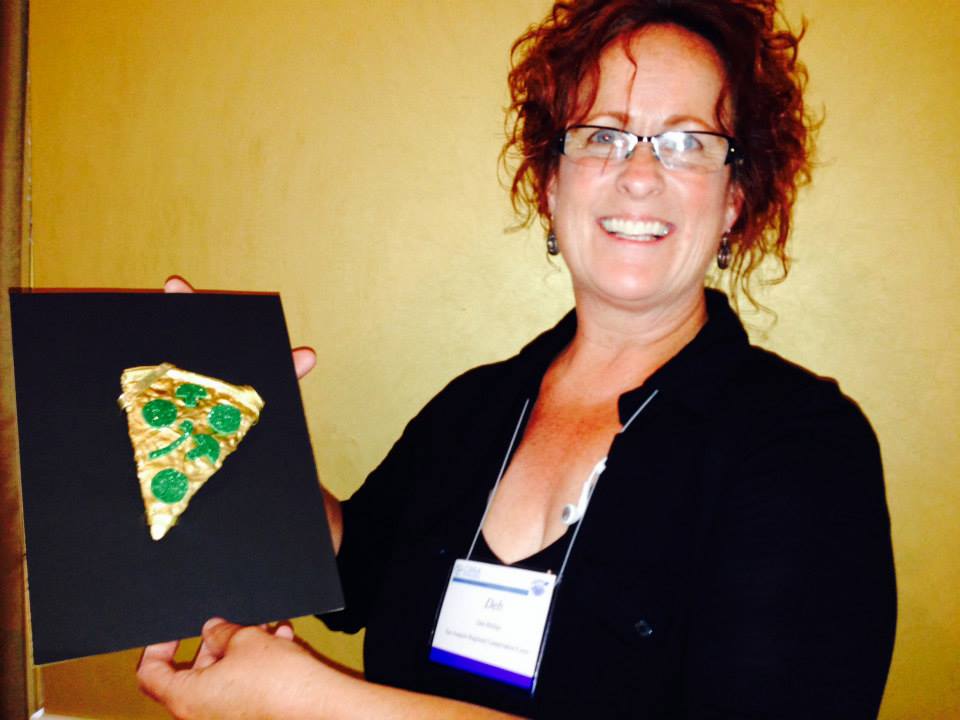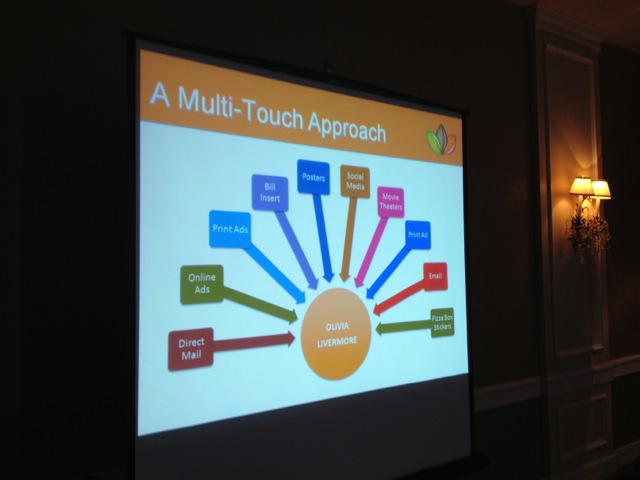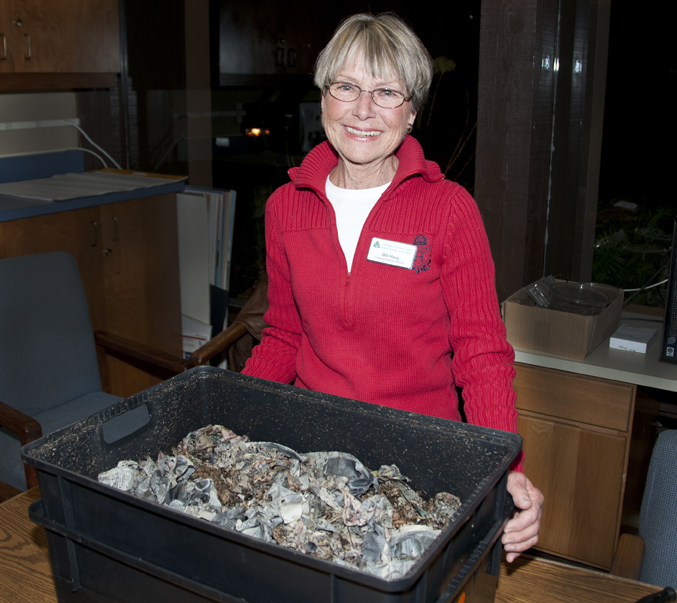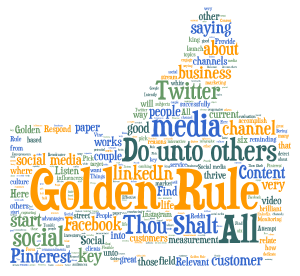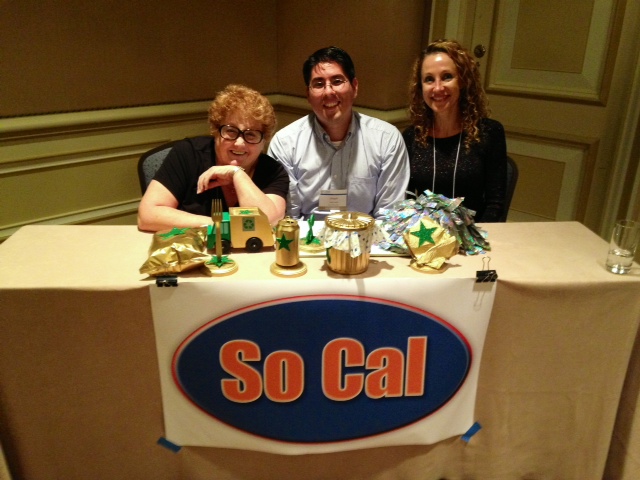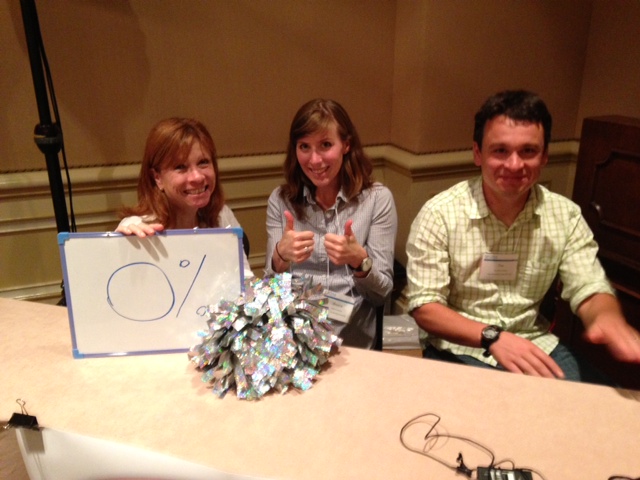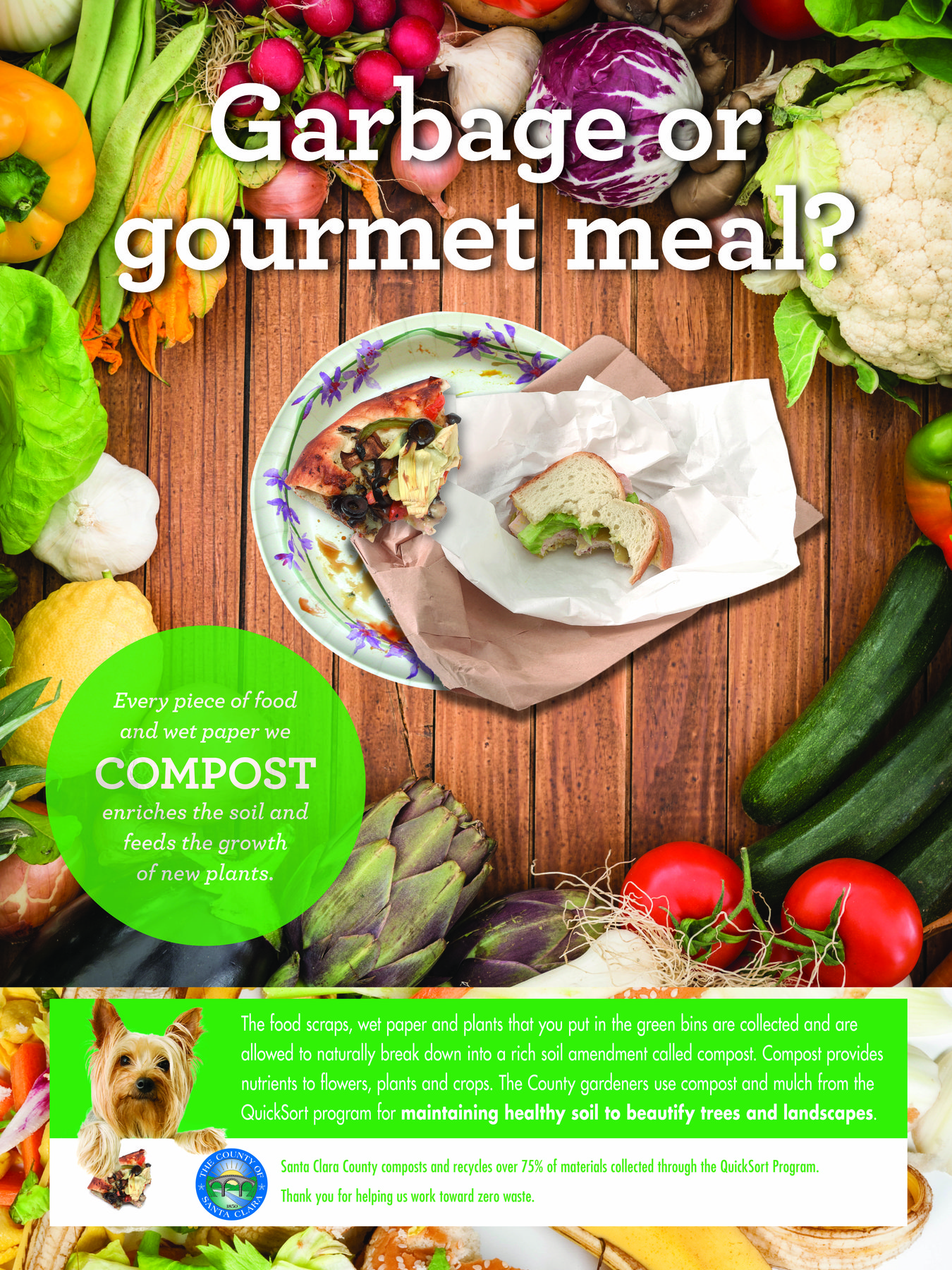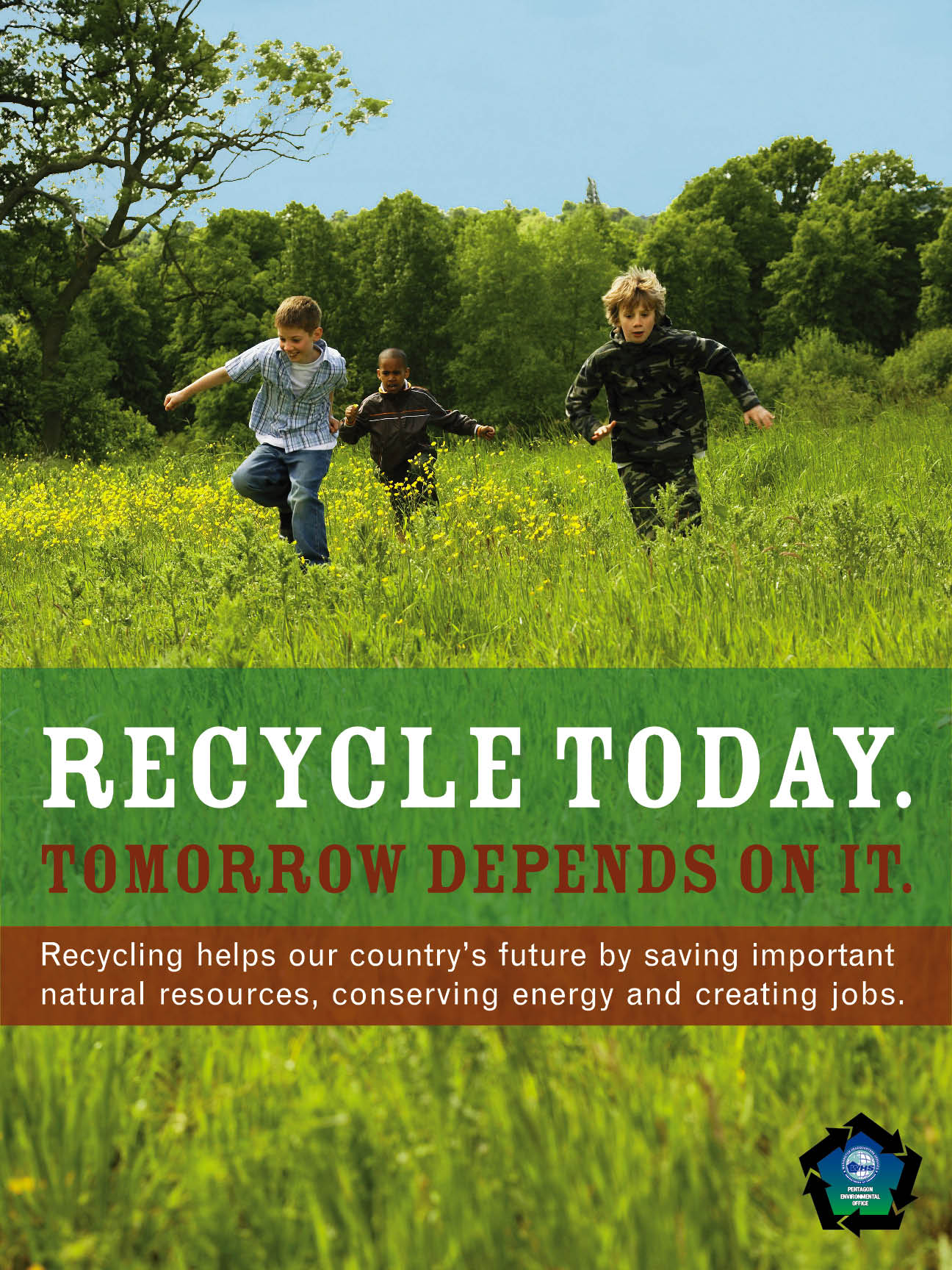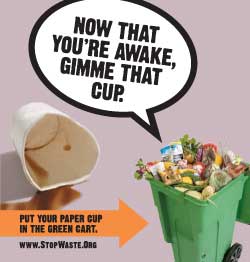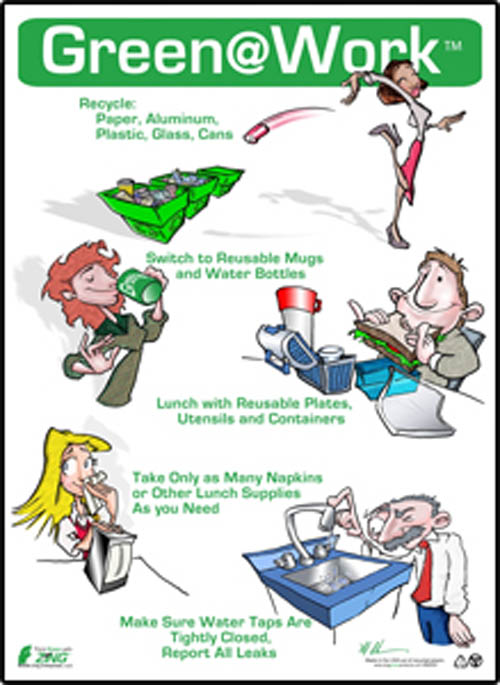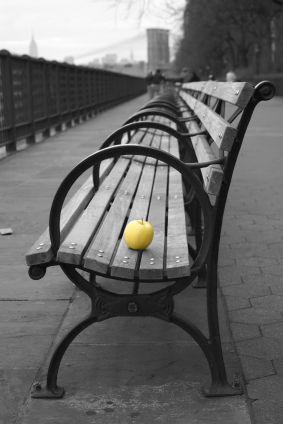
A recent survey by the Consumer Electronics Association has some fairly depressing statistics (for example, 18 percent of consumers say they discarded electronics devices in the trash during the last year, a six point increase from 2012), but another result caught our eye: according to the survey, “nearly half of consumers (42 percent) first learned how to recycle their old devices by word of mouth from friends, family or co-workers.”
Surprising? Not at all. Study after study shows the importance of friends, family and co-workers on influencing all kinds of behavior. Nielsen’s 2013 survey of trust in advertising channels shows that 84% of respondents say word of mouth from family and friends was the most trustworthy form of persuasion. For those of us involved in green behavior change, this is good news, since we usually don’t have the budget for Coca-Cola-style mass media campaigns. However, word of mouth still needs to be made simple in order to get your ideas to spread.
So how to design campaigns that enhance the power of friends and family?
To enable word of mouth, we need to reach people, give them the information they need in an appealing, trustworthy and shareable form, and help them to feel that their sharing will be appreciated. A writer for Forbes describes this as the three E’s: Engage, Equip and Empower.
Of course, word of mouth alone cannot create behavior change, but it can be an important tool in a multi-touch campaign. Some questions to ask while designing our environmental behavior change campaigns include:
Are we being clear? Are we using terms that make sense to our audience? As we’ve seen in our research, it’s not a good idea to make assumptions about what people know about waste or water quality.
Are we providing the tools that people need to spread the word? People will be more likely to spread the word if they are equipped with catchy facts, a story, or shareable content. Is there such a thing as too many facts and data? For spreading messages, the answer is yes.
Have we asked for help? So simple, but so frequently overlooked. Just by saying “Let your neighbors know …” or “Please Retweet or Share,” your messages are more likely to be spread. Thanking people afterwards is even more powerful.
As we plan for new behavior change campaigns in 2015, the Gigantic team will be focused on fostering the thousands of individual conversations, both off and online, that will move us closer to a sustainable world. Let’s spread the word!
